Large metal structures are fundamental components of modern engineering projects, whether in constructing bridges, towers, factories, or large sports facilities. Thanks to rapid technological advancements, manufacturing these structures has witnessed significant improvements in efficiency, quality, and cost-effectiveness. In this article, we explore the latest technologies used in manufacturing large metal structures and how they have revolutionized the field.
The Importance of Large Metal Structures
Large metal structures are an effective engineering solution due to their numerous advantages, such as high strength, resistance to environmental conditions, and ease of assembly. These structures are used in massive projects requiring advanced levels of precision and efficiency, making the adoption of modern technologies essential for their manufacturing.
The Latest Technologies in Metal Structure Manufacturing
1. Laser Cutting Technology
Laser cutting is one of the most precise methods for preparing metal components. It uses laser beams to cut metal sheets with high accuracy, minimizing waste and ensuring that the manufactured parts align perfectly with engineering designs.
2. 3D Printing in Metal Manufacturing
3D printing is no longer limited to small prototypes. It is now used to produce large parts of metal structures. This technology allows for manufacturing complex components with precise specifications that are difficult to achieve using traditional methods.
3. Robotic Welding
Automated robotic welding is among the most significant modern techniques, enabling precise and fast welding processes. This technology provides more consistent and safer results compared to traditional manual welding.
4. Hydraulic Metal Forming
This technique is used to shape large metal components with high precision. It relies on fluid pressure to mold metals, enabling the creation of complex and highly durable shapes.
5. Heat Treatment Technologies
Heat treatment processes play a critical role in enhancing the properties of metals, such as hardness, corrosion resistance, and flexibility. Advanced techniques like rapid cooling and controlled annealing are used to achieve the desired properties.
6. Advanced Design and Manufacturing Software
Computer-aided design (CAD) and computer-aided manufacturing (CAM) software have become integral to metal structure manufacturing. These programs allow for the creation of 3D models and precise specifications, reducing errors and saving time.
Benefits of Modern Technologies in Metal Structure Manufacturing
1. Improved Quality and Accuracy
Modern technologies enable the production of highly precise components, enhancing the performance and sustainability of metal structures.
2. Cost Reduction
Technological advancements reduce material and time waste, significantly lowering manufacturing costs.
3. Enhanced Sustainability
Technologies like 3D printing and metal recycling help minimize waste and promote sustainable practices in metal structure manufacturing.
4. Reduced Execution Time
Robotics and automation reduce the time required for processes, accelerating project delivery.
Challenges in Applying Modern Metal Structure Manufacturing Technologies
1. High Initial Costs
Modern technologies require significant investments in equipment and training, posing challenges for small and medium-sized companies.
2. Need for Specialized Workforce
Handling advanced technologies demands specialized skills, making employee training necessary but costly.
3. Maintenance and Upgrades
Modern equipment requires regular maintenance and software updates, adding an additional burden on companies.
Future Trends in Large Metal Structure Manufacturing
1. Artificial Intelligence in Manufacturing
Artificial intelligence is expected to improve design and manufacturing processes by analyzing data and providing innovative solutions.
2. Modular Construction Techniques
This approach involves manufacturing parts of metal structures in factories and transporting them to construction sites for assembly, speeding up the building process.
3. Adoption of Hybrid Materials
Developments are underway for materials that combine metals with other substances, such as carbon, to enhance the properties of metal structures.
Modern technologies in the manufacturing of large metal structures have revolutionized the industry by improving efficiency, quality, and cost-effectiveness. Despite the challenges associated with these technologies, their benefits make them a strategic choice for companies aiming to remain competitive and achieve sustainability in their projects. With technological advancements, we can expect more innovations to reshape the metal structure industry to meet future demands.



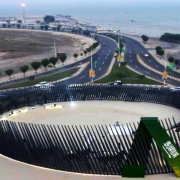
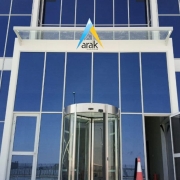
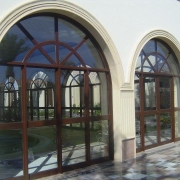
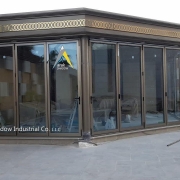
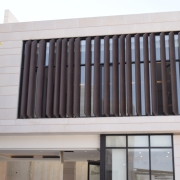
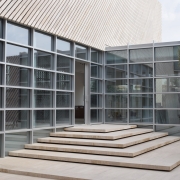
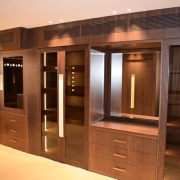


Leave a Reply
Want to join the discussion?Feel free to contribute!